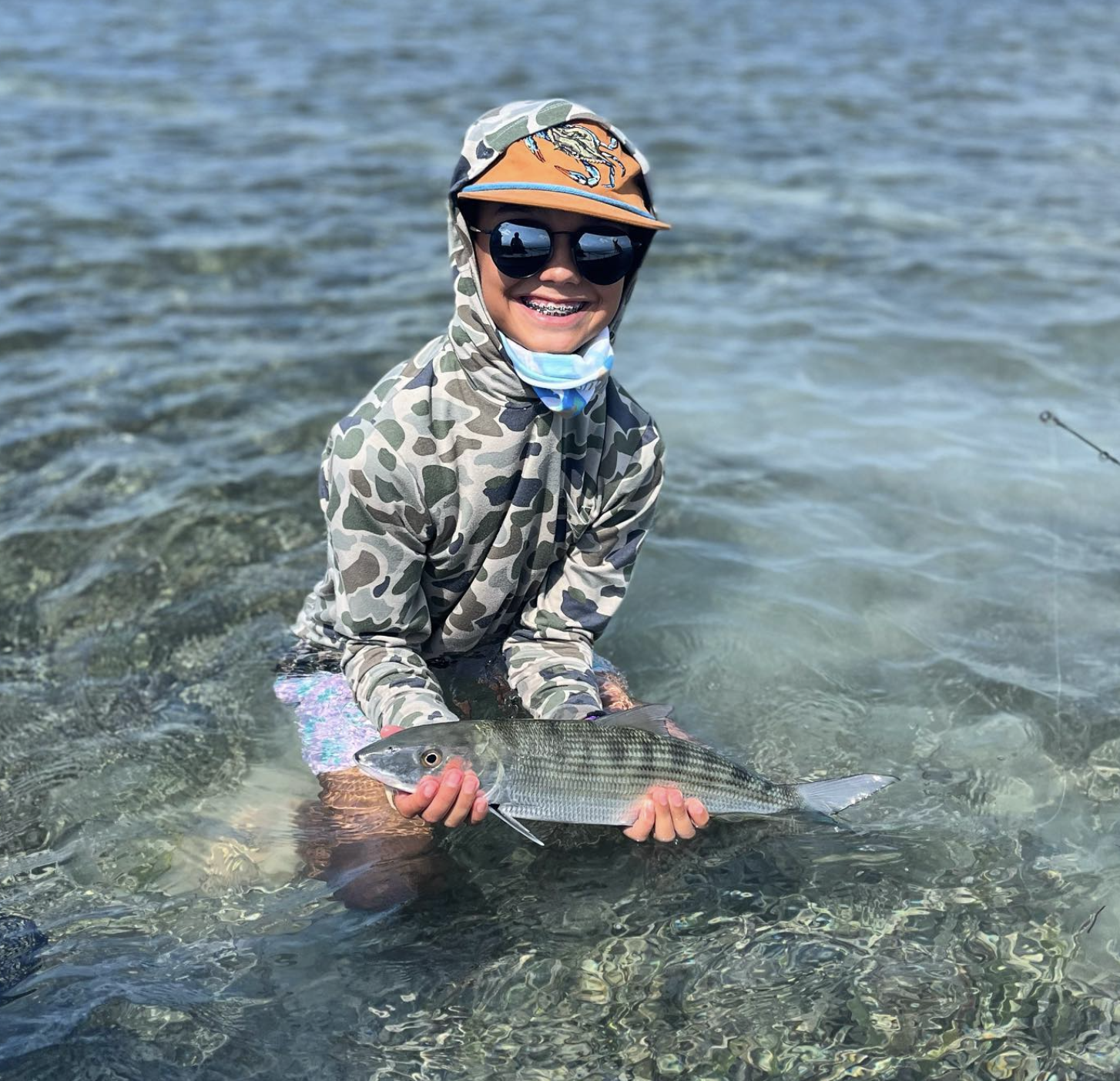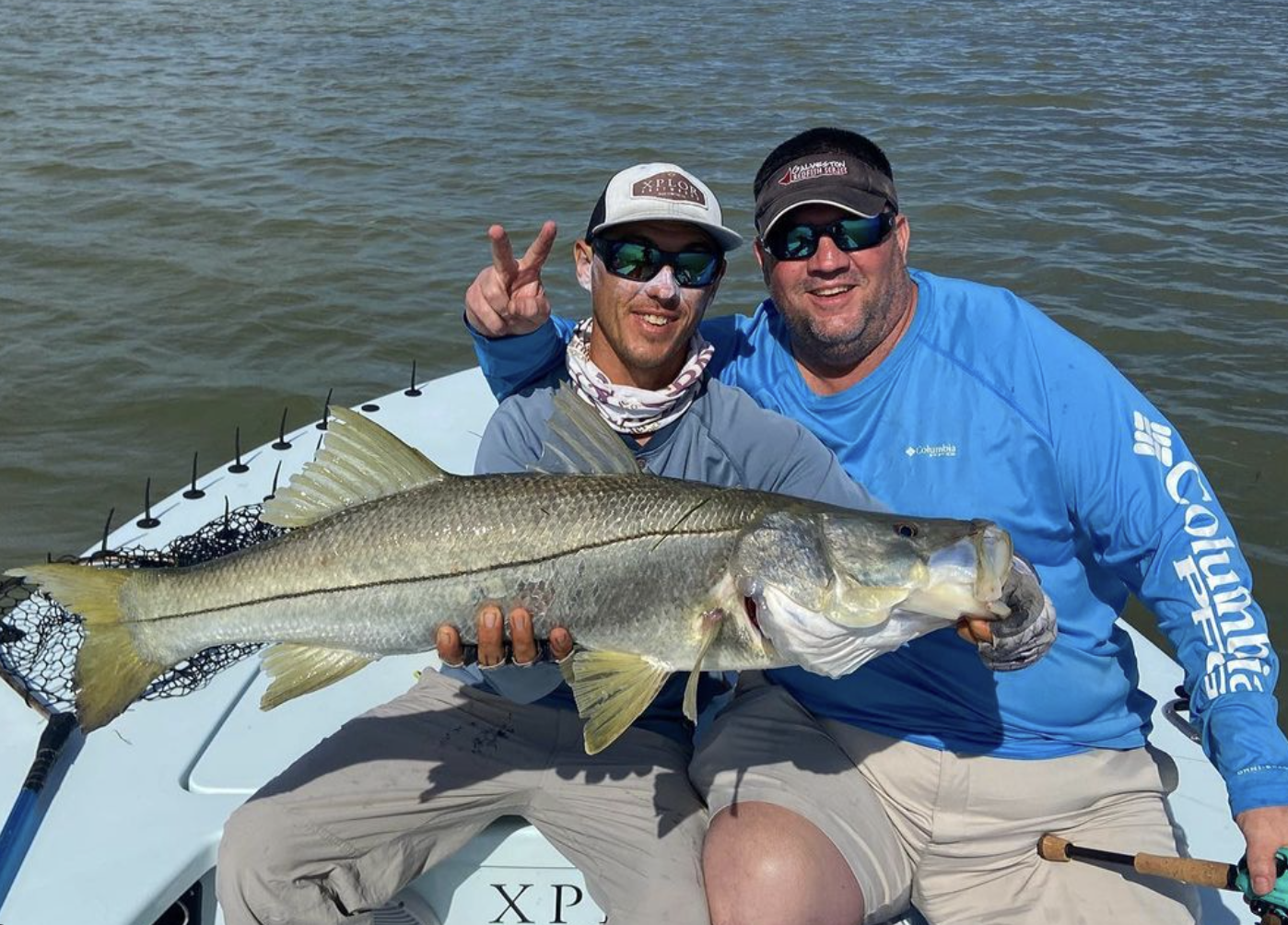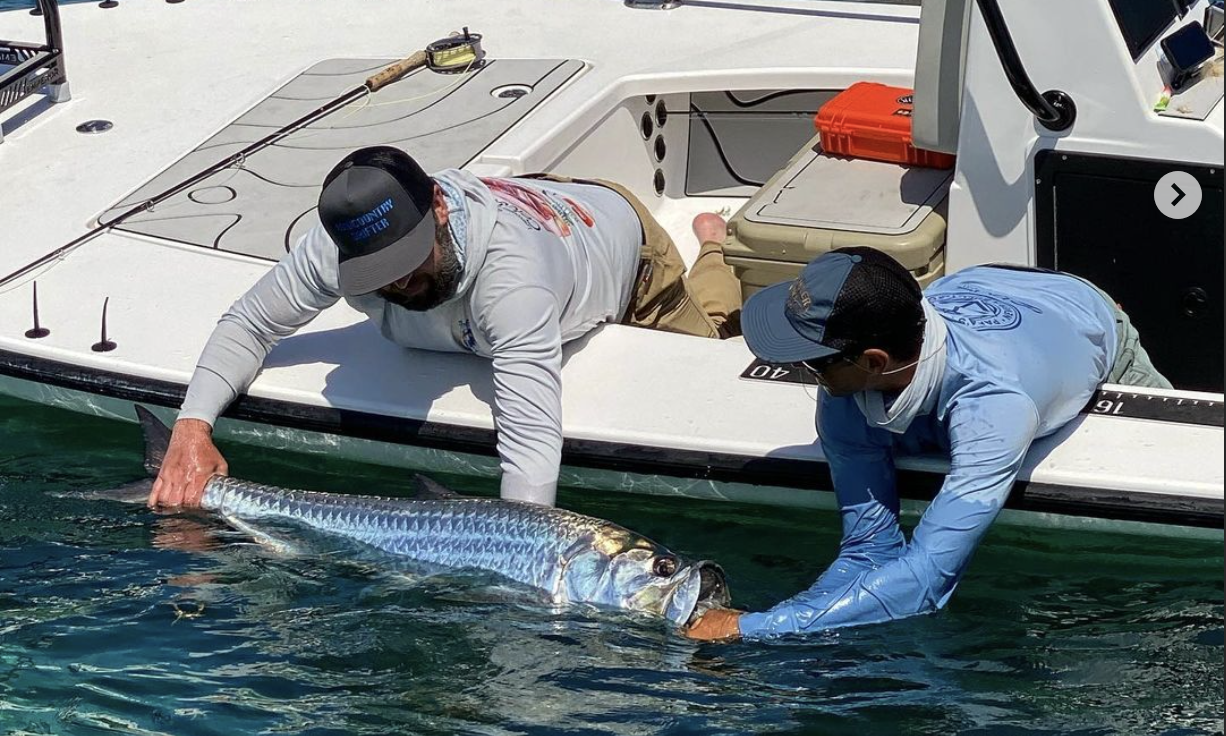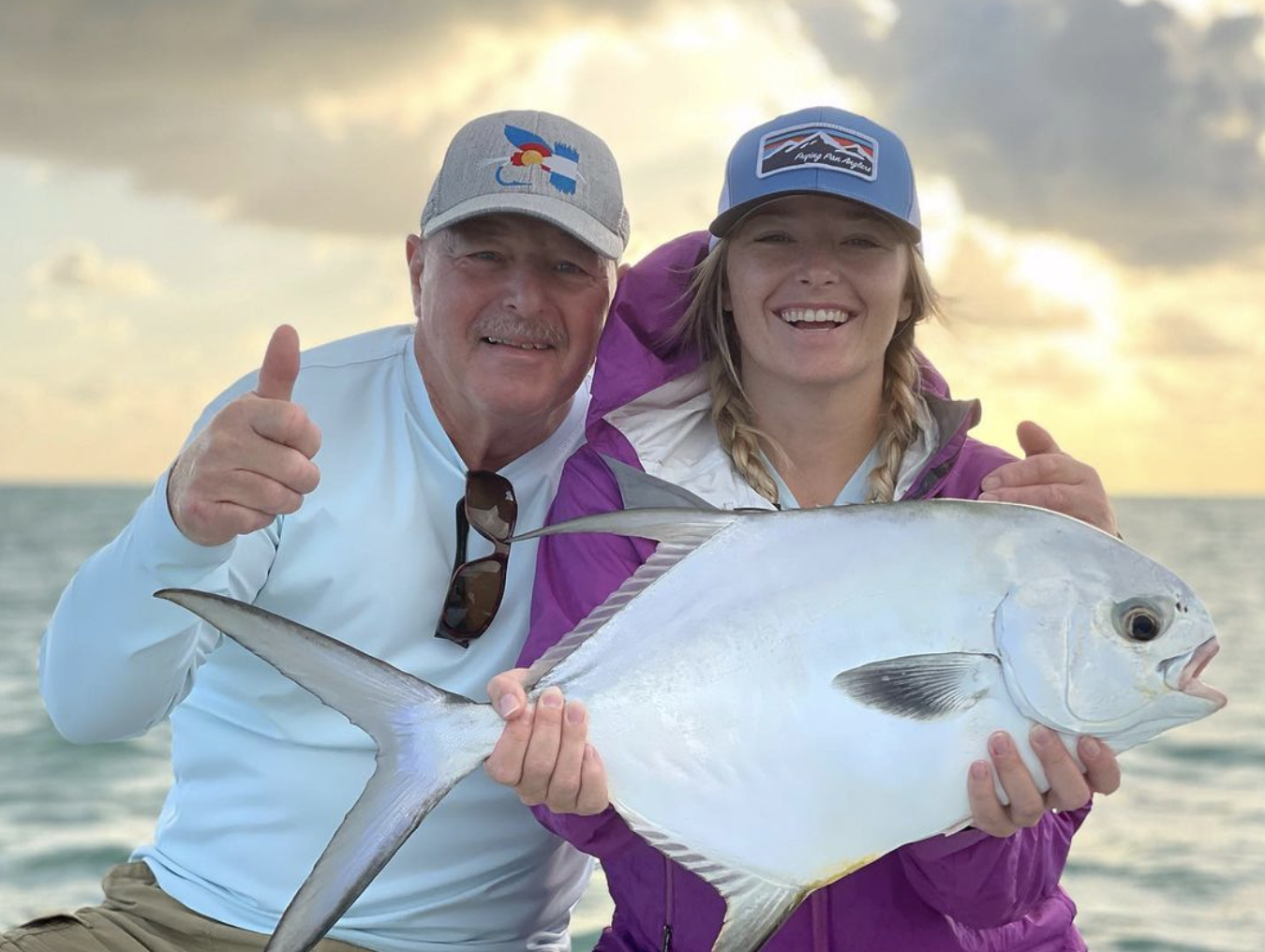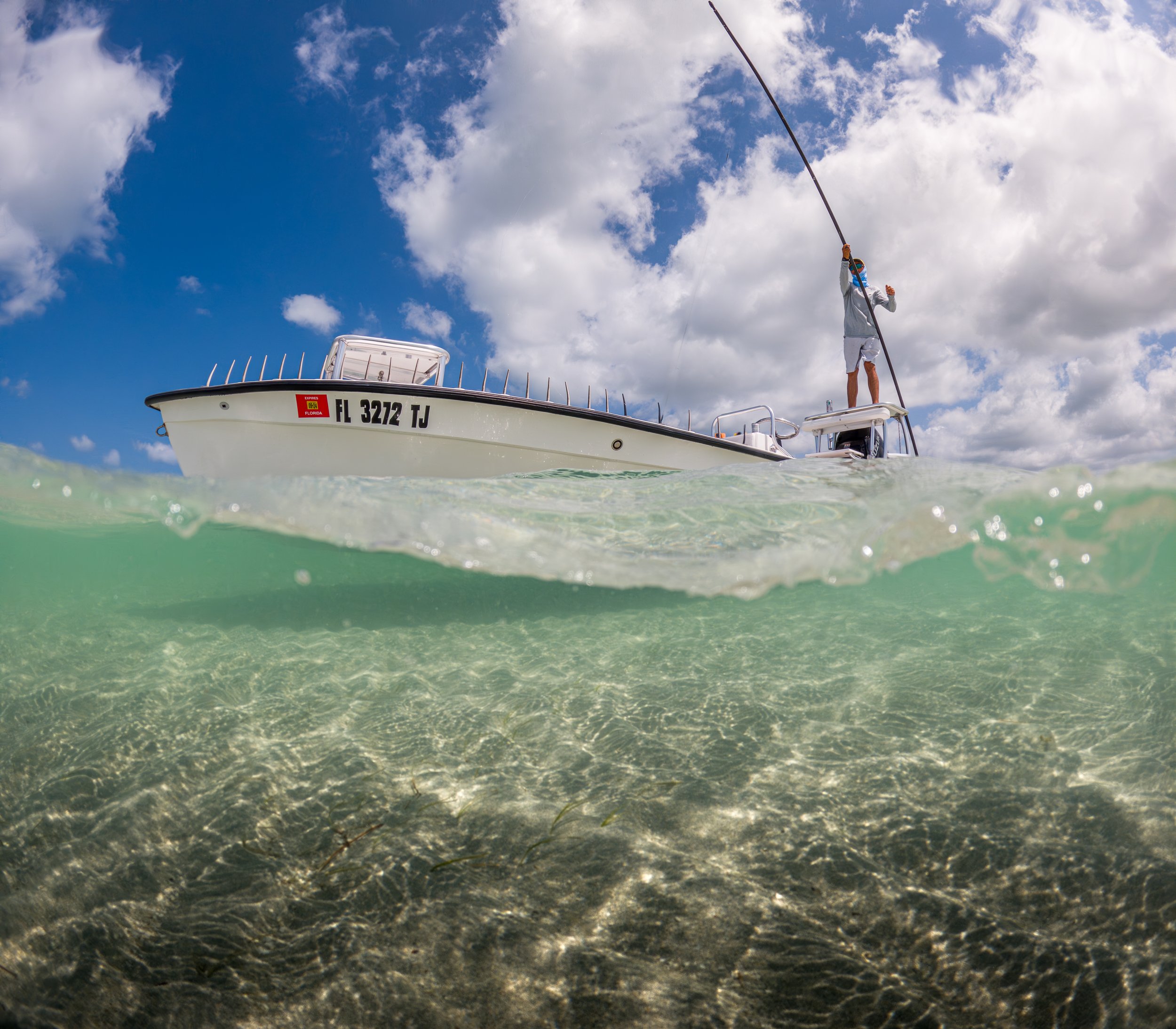
Explore the Beauty of Fishing the Florida Keys
Are you ready to embark on an unforgettable adventure in one of the world's premier angling destinations? Look no further than fishing the stunning Florida Keys along with Captain Rich Hastings. Endless crystal-clear waters and grass flats teeming with a variety of fish species, the Florida Keys and Everglades National Park offer a fly fishing experience like no other.
Whether you are a seasoned angler or a beginner looking to learn, Captain Rich has something for everyone. From Bonefish and Tarpon to Permit and Snook, the Keys are home to a diverse range of challenging and rewarding fish species.
Capt Rich is a USCG license and insured captain as well as dedicated full time Florida Keys guide and member of the Florida Keys Guide Association.
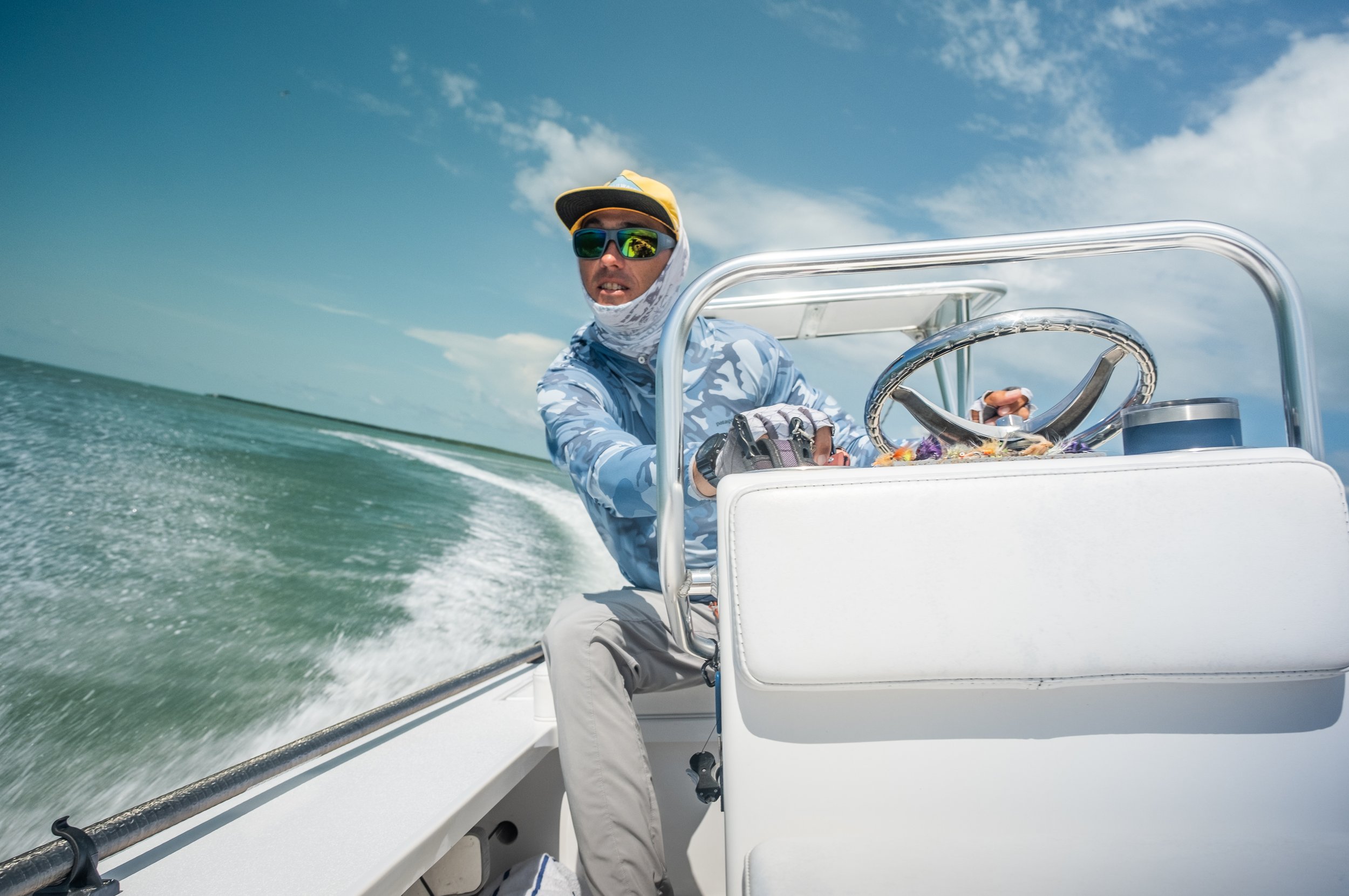
Capt. Rich Hastings
“Rich will work hard and go the extra mile to put you on the fish of your dreams in the backcountry. I can’t recommend him enough. We chased big tarpon, baby tarpon, snook and redfish. I’m happy to say Rich guided me to my first snook and baby tarpon hookups on fly. I had legit shots at lots of fish. He has great equipment and a super sick Floyd skiff. Very enjoyable. As a newer fly angler, he was super patient with my learning curve”.
ROB M. Holiday Lakes TX
Bonefish
A creature of the flats, the bonefish is a master of stealth and strategy, capable of disappearing into the shadows at the slightest hint of danger. Yet, for those fortunate enough to witness its fleeting presence, the bonefish remains an icon of the Florida keys vibrant marine world—a shimmering apparition of beauty and mystery beneath the tropical sun.
Snook
The snook, a true denizen of the tropical and subtropical waters, is a strikingly sleek and powerful fish. With its elongated body, tapered nose, and distinct lateral line running the length of its shimmering flank, the snook cuts a distinctive figure beneath the surface.
Adapted perfectly to its coastal habitat, the snook boasts a silver-gray hue that shimmers like molten metal in the sunlight, blending seamlessly with the shadows and reflections of its environment. Its fins are sharp and pointed, designed for swift maneuverability and sudden bursts of speed, while its tail is deeply forked, providing propulsion for agile navigation through mangrove roots and submerged obstacles. The Everglades are my favorite place to take people fishing for this species.
Tarpon
A creature of both myth and legend, the tarpon captivates anglers and adventurers alike with its legendary fighting spirit. With each powerful leap into the air, it defies gravity and tests the limits of angler and tackle alike, earning its reputation as the "Silver King" . In the Florida Keys, the tarpon stands as a true symbol of angling prowess. A living embodiment of the ocean's enduring allure. No other place holds the chance at a trophy tarpon quite like the Florida Keys.
Redfish
Red fishing in the Florida Keys offers anglers an exhilarating angling experience in a breathtaking tropical setting. Whether casting on the flats, exploring the mangroves, or fishing around bridges and channels, anglers have the opportunity to encounter these prized game fish amidst the beauty of the Florida Keys' waters.
In the Florida Keys, red drum can be found in a variety of habitats, including shallow flats, mangrove shorelines, channels, and around bridges and structure. These fish often move between the backcountry and nearshore waters, providing ample opportunities for us to target them using different techniques. Everglades National Park is my favorite place to take guests for Redfish.
Permit
Renowned among anglers for its elusive nature and formidable strength, the permit is a prized catch sought after by those who dare to challenge its wily demeanor. Its keen eyes and acute senses make it a master of evasion, capable of detecting even the slightest disturbance in its surroundings. Yet, for those who possess the skill and patience to tempt it with the perfect presentation, the permit offers an exhilarating battle of wills right in our backyard.
Triple Tail
Triple tail fishing often involves visually spotting fish near buoys, markers, or floating debris, then quietly approaching and presenting baits or lures to entice a strike. I use may use a combination techniques depending on the conditions and the behavior of the fish. Casting accurately and presenting baits or lures close to the fish is key, as triple tail can be wary and selective feeders.
Triple tail are known for their unique behavior of mimicking floating objects such as leaves, debris, or even other fish. They often float motionless near the surface and use this behavior to ambush prey and avoid predators. This behavior makes them challenging for anglers to spot.

